Upcoming Events

Obermann End-of-Year Writing Retreat
Monday, May 12 to Friday, May 16, 2025 (all day)
Have you been waiting all school year to make serious progress on your book manuscript, article, or grant application? Jump-start your summer writing project at the Obermann End-of-Year Writing Retreat May 12–16, 2025!
Fifteen participants will enjoy a week of quiet productivity apart from the distractions of campus at the beautiful North Ridge Pavilion in Coralville. Daily catered lunches will provide an opportunity for exchange and discussion with other writers across campus. Each day will...

Application Deadline: Obermann Writing Collective, Summer 2025
Friday, May 23, 2025 5:00pm
This program offers companionship and accountability to University of Iowa artists, scholars, and researchers working on any kind of academic writing project (ex. academic articles/essays, fellowship or grant applications, dissertations, book projects, edited volumes, nonfiction) who want dedicated time, a cozy space, and a community for the practice of writing. In Summer 2025, two write-on-site groups will meet in our Writers' Attic at the Obermann Center for Advanced Studies at 111 Church St...

Cultivating Rurality: Building Community around Rural Research — 2025–26 Obermann Symposium
Thursday, March 26 to Friday, March 27, 2026 (all day)
Directed by Brian R. Farrell, Daria Fisher Page, and Ryan T. Sakoda (UI College of Law), Cultivating Rurality: Building Community around Rural Research will bring together scholars, community leaders, and professionals who work with rural populations and in rural spaces. During the symposium, attendees will be invited to collaborate in theorizing rurality, share how it impacts their work, examine how rurality is represented and celebrated, and problem-solve challenges faced by rural communities...

Cultivating Rurality: Building Community around Rural Research — 2025–26 Obermann Symposium
Friday, March 27, 2026 (all day)
Directed by Brian R. Farrell, Daria Fisher Page, and Ryan T. Sakoda (UI College of Law), Cultivating Rurality: Building Community around Rural Research will bring together scholars, community leaders, and professionals who work with rural populations and in rural spaces. During the symposium, attendees will be invited to collaborate in theorizing rurality, share how it impacts their work, examine how rurality is represented and celebrated, and problem-solve challenges faced by rural communities...
Pagination
Spacer
Upcoming Application Deadlines
Upcoming Application Deadlines
News
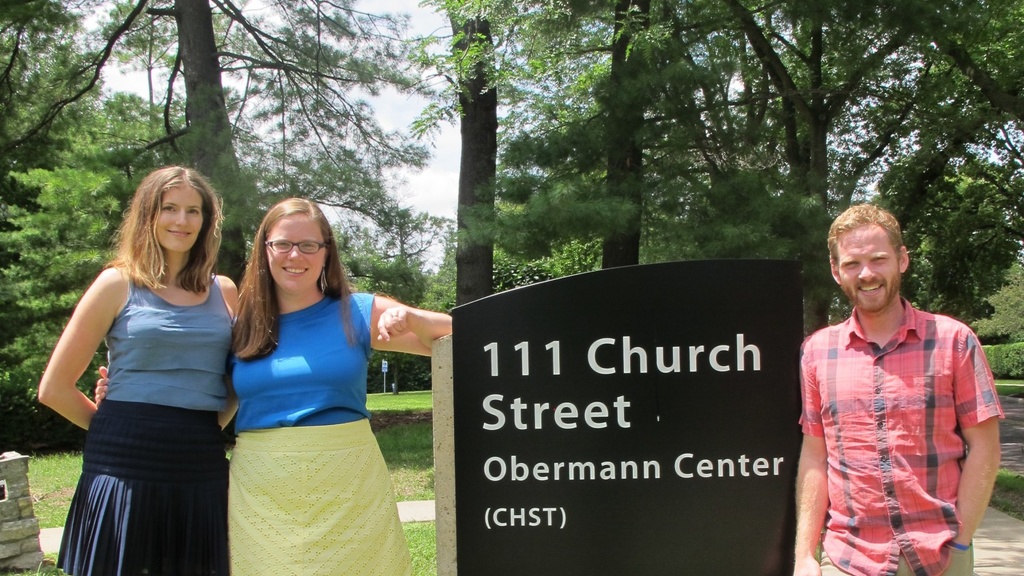
The Meek and the Mighty: Interdisciplinary Research Grant Explores Diversity Programs
The “Big Ten Conference” is often used as shorthand for football. But faced with demands for a more just society, this group of Midwestern research universities has also taken the lead in making higher education accessible. In 1968, at the height of the Civil Rights Movement, Indiana University led the Big Ten in establishing a program for first-generation college students. A decade later, in 1979, during the Women’s Movement, Ohio State University was the first in the Big Ten to create a living-learning community to support and recruit women in STEM fields. Since then, Big Ten schools, like most universities in the United States, have implemented programs that provide community, mentorship, and other forms of support to minority and culturally diverse students.
What factors influence the time to adoption of these programs? What impact do the programs have shortly after they’re adopted? Does, for instance, the percentage of women majoring in STEM fields increase on campuses that implement those support programs? Do students who participate in such programs tend to stay enrolled at the school and finish their degrees, compared to students who don’t?
These are the questions Aislinn Conrad-Hiebner (School of Social Work, CLAS), Martin Kivlighan (College of Education), and Elizabeth Menninga (Political Science, CLAS) are exploring as part of their fledgling project “The Meek and the Mighty: Exploring Diversity Programs among Big Ten Universities,” which they initiated last summer as part of an Obermann Interdisciplinary Research Grant.
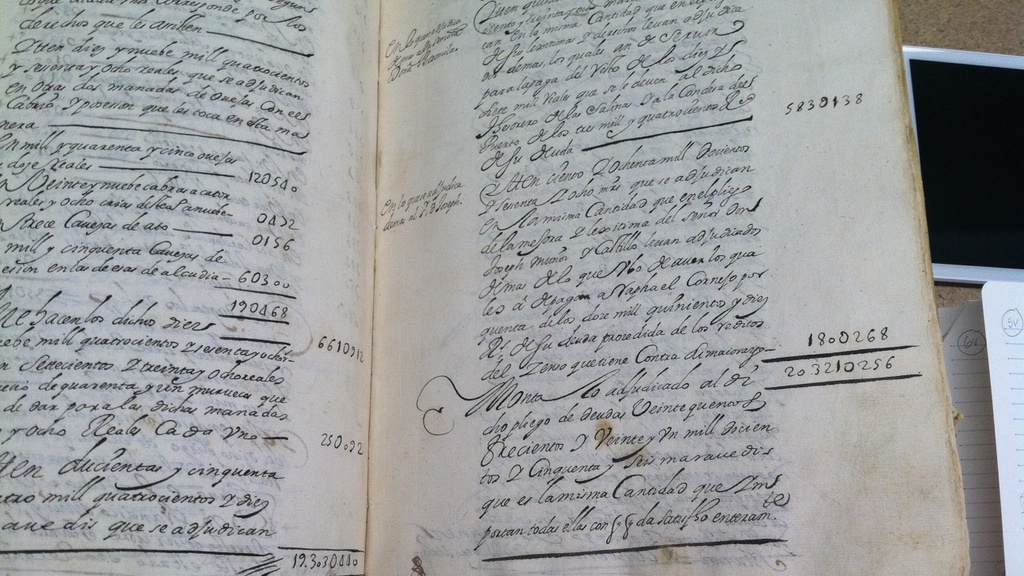
Meet the Manuscript with Obermann Graduate Fellow Heather Wacha
28 beaver fur hats. 6 panels of tapestries. Wool from Flanders. Silks, cloths, and linens. Furniture, paintings, and sculptures. Gold and Silver. All manner of carriages. If you had been an heir of the estate of Don Francisco Muñoz Carillo, a nobleman from Cuenca, Spain, who died in 1687, you may have received some part of these items. However, before you get too excited, you would have also...
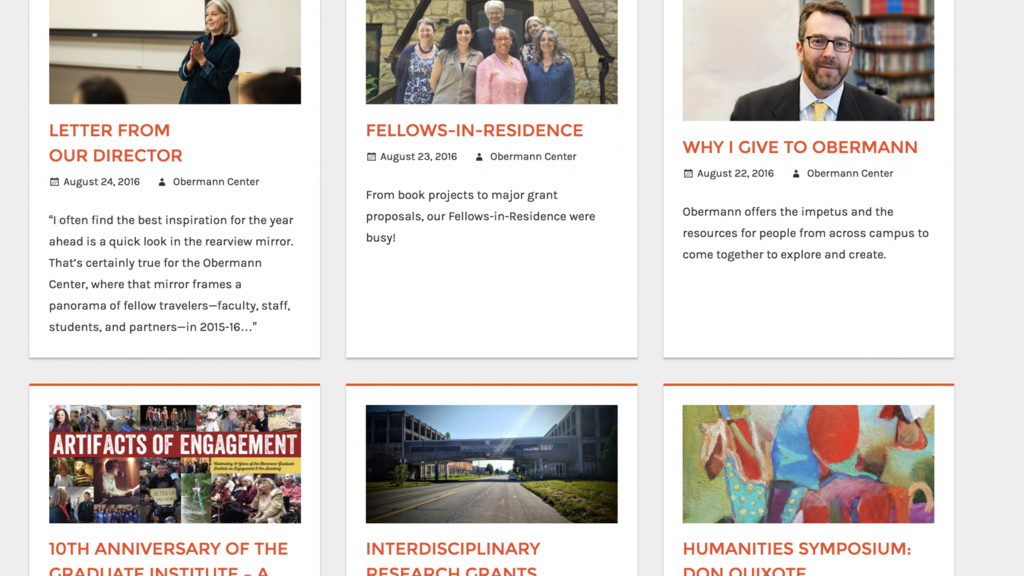
2015-16 Obermann Annual Report
Welcome to the 2015-16 Obermann Center Annual Report! View the report in its entirety. I often find the best inspiration for the year ahead is a quick look in the rearview mirror. That’s certainly true for the Obermann Center, where that mirror frames a panorama of fellow travelers—faculty, staff, students, and partners—in 2015–16. In Summer 2015, faculty with Obermann Interdisciplinary...
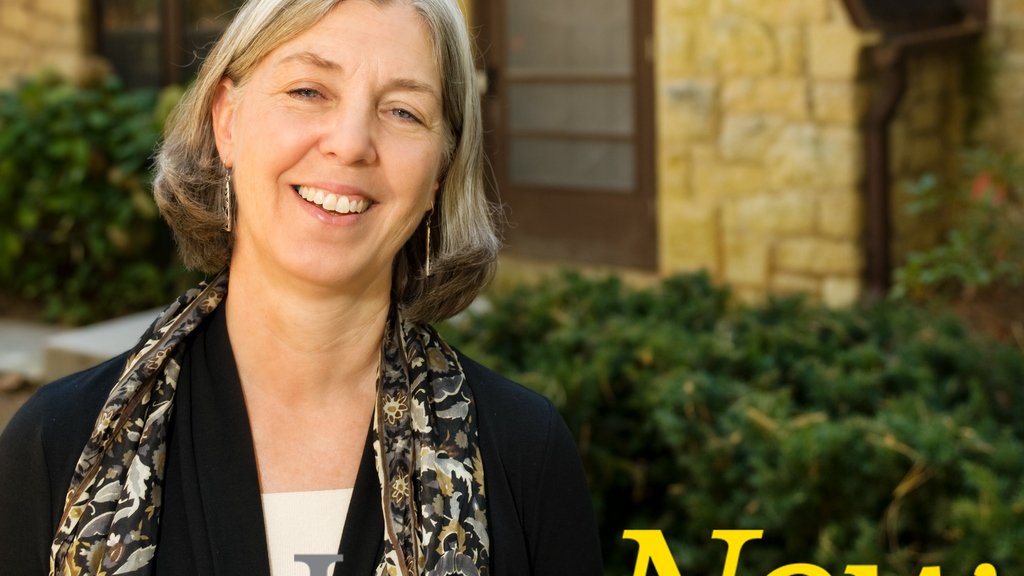
Humanities research and the human condition
This article by Obermann Center Director Teresa Mangum appeared in the July 14, 2016, edition of Iowa Now: If you follow news about higher education, you know that the value of humanities scholarship—the study of the arts, cultures, history, languages, literature, philosophy, and religion—is often called into question. Pummeled by busyness, technical challenges, health care costs...

Open-Access Tools Make Research Available to All
Not so long ago, if you wanted to read The Odyssey, you needed several massive—and expensive—tomes: the original text, appendices of endnotes, maps, and family trees, maybe even a Greek dictionary. Today, thanks to digital humanists like Sarah Bond (Classics, CLAS) and Paul Dilley (Classics and Religious Studies, CLAS), you can access many classical texts online, for free, with notes...
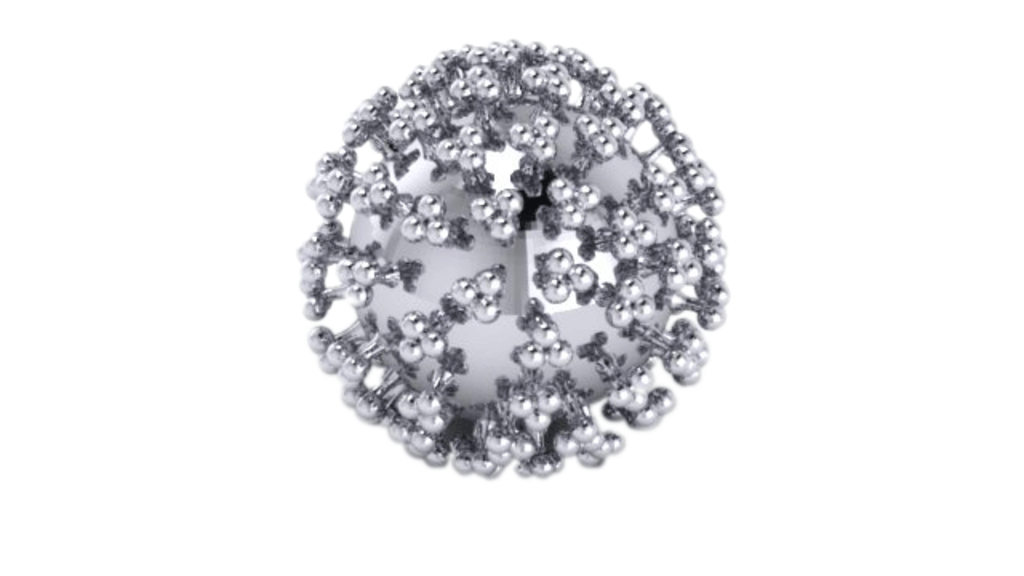
Reviving Biophilia—Mary Trachsel Considers Our Disconnect from the Natural World
Animals on Campus Humans share the state of Iowa with as many as 20 million hogs, in addition to millions of chickens and cows. In a state so densely populated with non-human animals, why are they so invisible to us on the University of Iowa campus? This wasn’t always the case. In the 1800s, a fence was erected around the Pentacrest to keep pigs off the grounds. An early professor of writing...
Pagination







